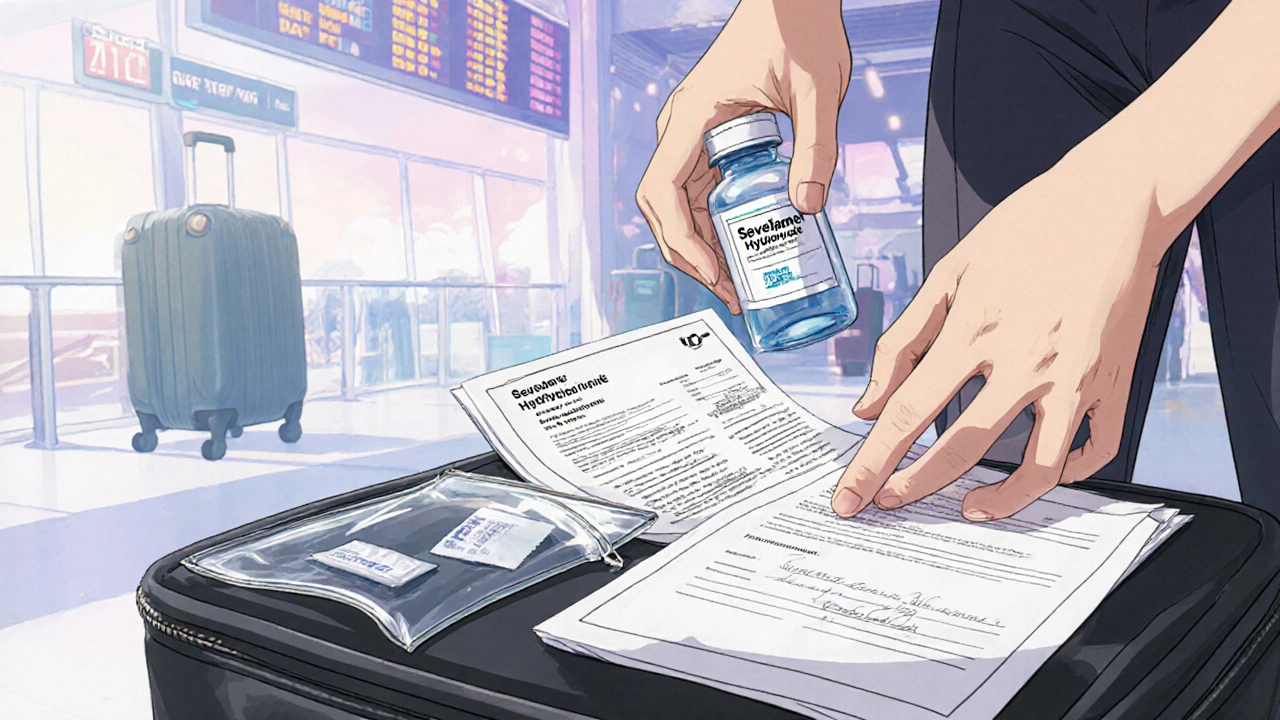If you have chronic kidney disease, your kidneys can’t get rid of phosphorus the way healthy kidneys do. Too much phosphorus makes bones weak and can calcify blood vessels. That’s where phosphate binders step in. They’re medications you take with meals, and they stick to the food‑derived phosphate so your gut can’t absorb it. The result? Lower blood phosphorus without extra dieting tricks.
There are four groups you’ll see most often:
Each brand has its own dosing schedule, so read the label and ask your pharmacist the exact number of pills per meal.
Timing is everything. Take the binder right before or with every main meal and snack that contains protein, dairy, or nuts—basically anything that brings phosphorus into your gut. If you miss a dose, don’t double up later; just continue with the next meal as normal.
Watch for side effects. Calcium binders can cause constipation or, rarely, kidney stones. Sevelamer may cause stomach upset or a metallic taste. Lanthanum can lead to nausea. If any symptom feels off, contact your doctor before stopping.
Don’t forget the diet side. Even the best binder can’t fix a diet loaded with processed cheese, cola, or canned meats. Aim for fresh fruits, vegetables, and low‑phosphorus proteins like egg whites or chicken breast. Pairing a balanced plate with your binder maximizes phosphorus control.
Testing matters. Your doctor will check blood phosphorus every 1–3 months. If levels stay high, they might increase the binder dose or switch to a different type. If they drop too low, the dose will be cut back. Regular labs keep you from swinging too far either way.
Finally, store binders as directed—most need a cool, dry place away from moisture. Keep them out of reach of children, and never share your medication with anyone else, even if they have the same diagnosis.
Bottom line: phosphate binders are a simple, effective tool for managing phosphorus when kidneys can’t. Pick the right type for your health profile, follow timing rules, watch for side effects, and keep up with lab checks. With that routine in place, you’ll protect your bones and heart without a major lifestyle overhaul.

Compare PhosLo (calcium acetate) with other phosphate binders like sevelamer, lanthanum, and ferric citrate. Learn which is best for kidney patients based on cost, side effects, and lab results.
Read More
Learn how to travel safely with Sevelamer Hydrochloride, covering packing, temperature control, dosing across time zones, customs tips, and emergency planning.
Read More
Compare Renagel (Sevelamer) with calcium acetate, lanthanum carbonate, sucroferric oxyhydroxide and ferric citrate. Find out which binder suits your kidney disease best.
Read More© 2025. All rights reserved.